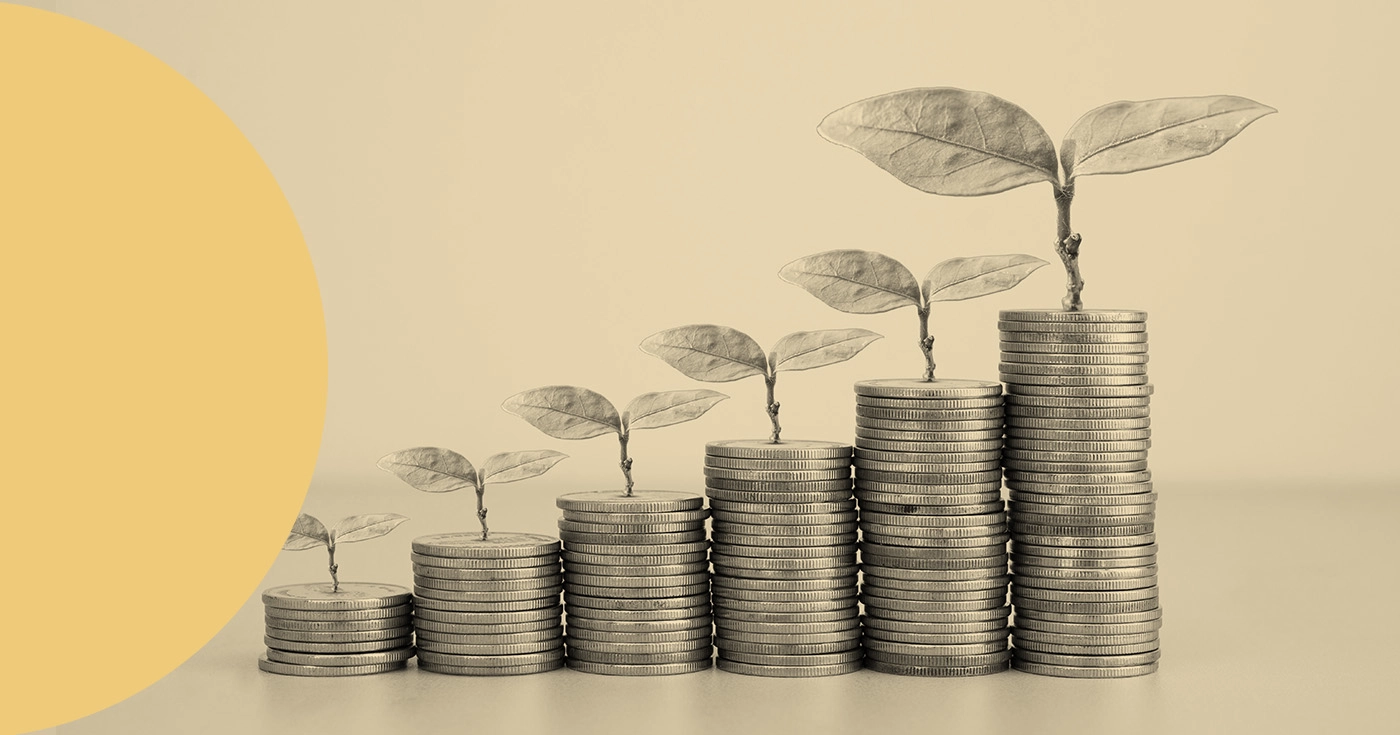
What is sustainable investing?
In the era of environmental awareness and social responsibility, sustainable investing has become a growing and necessary trend in the financial world. It is not just a passing fad, but an approach that combines economic profitability with a positive impact on the environment and society. But what does sustainable investing really consist of?
What is sustainable investing
Talking about sustainability today is synonymous with the famous ESG criteria (environmental, social, and corporate governance). Companies are not only asked to maximize shareholder value but also to have a kind of responsibility towards society. There are more than 50,000 indices that evaluate companies’ compliance in this regard. Increasingly, being included or not in these indices can affect companies’ economic performance and their strategic objectives.
Therefore, sustainable investing involves investing in companies that adhere to principles aligned with ESG criteria. But what do the ESG initials imply?
- Environmental criteria (E): include factors such as climate change, energy efficiency, waste management, conservation of natural resources, and carbon footprint reduction.
- Social criteria (S): refer to labor practices, human rights, workplace health and safety, gender equity and diversity, and the impact on local communities.
- Governance criteria (G): cover aspects such as transparency, business ethics, board composition and diversity, remuneration policy, and fiscal responsibility.
The first ESG index
We have to go back no less than 34 years to trace the first stock index specializing in sustainability. We are talking about the Domini 400 – now the MSCI KLD 400 Social Index – created by the investment research firm KLD. The company no longer exists, but the index has been selecting 400 public companies from among the 3,000 largest-capitalization companies in the United States by ESG criteria since 1990. Tesla, Microsoft, and Nvidia are some of its current members.
At first, the fund’s selection strategy relied on excluding sectors such as alcohol, tobacco, or military weapons. The next step was to select those companies that stood out for their environmental performance, product safety and quality, or treatment of women and minorities. Being the first, it had to do an immense amount of research – without the internet – to complete its selection.
How much investment is sustainable?
According to the financial services company Morningstar, the assets of global sustainable funds amounted to nearly 3 trillion dollars at the end of the first quarter. In this respect, Europe leads the way, with 84% of these assets. The United States is the second market, with 11% of the total. This is a growth, albeit modest, compared to the last quarter of 2023.
According to the Global Sustainable Investment Review 2022, a total of 30.3 trillion dollars are invested in sustainable assets worldwide. In markets outside the United States – Canada, Europe, Japan, Australia, and New Zealand – these assets have grown by no less than 20% since 2020.
The outlook is encouraging. According to another report, this time from Morgan Stanley, 77% of individual managers say they are interested in investing in companies or funds that aim to achieve economic results while taking ESG criteria into account. Scientific evidence on climate change and the profitability of sustainable investments are two of the main incentives.
Is sustainable investing profitable?
Contrary to what we might think, sustainable investing does not imply sacrificing profitability. Various studies have shown that companies with strong ESG practices tend to be more resilient and offer comparable, if not superior, returns to traditional companies. These companies often have better risk management, innovate more, and are better prepared to meet future regulations.
According to Morningstar, in the first half of 2020, 72% of sustainable funds were in the top half of their respective categories in terms of performance.
Not everything is rosy. Greenwashing is one of the main threats to sustainable investing. It occurs when a company exaggerates or falsifies its commitment to sustainability. This can mislead investors and undermine confidence in sustainable investments. Deutsche Bank and DWS provided a notorious example in 2022, when German authorities accused them of inflating their ESG credentials.
The lack of transparency and reliable data, and the absence of uniform standards in sustainable investing, are other key challenges.
Despite everything, sustainable investing represents a significant opportunity for investors seeking to combine financial profitability with a positive impact on the world. As awareness of environmental and social challenges increases and regulations become stricter, sustainable investing is well-positioned to grow and thrive.

